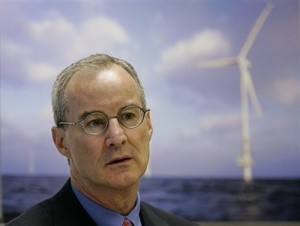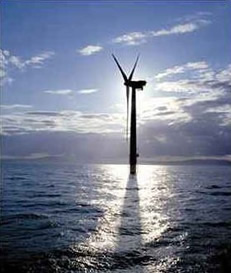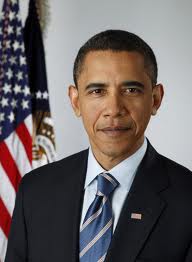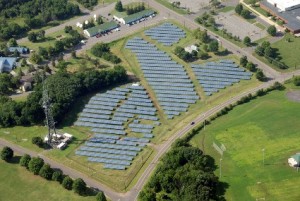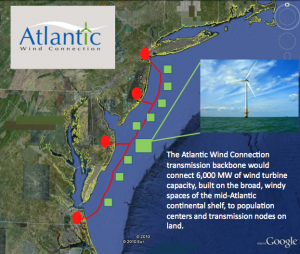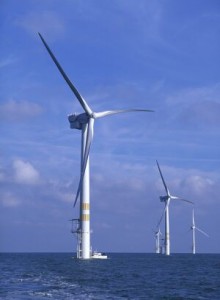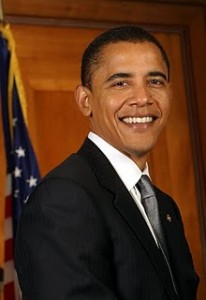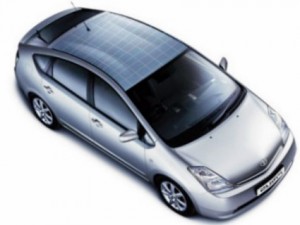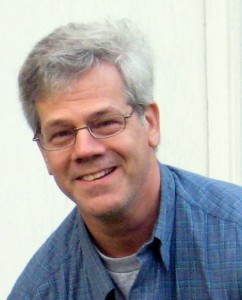 Lawrence J. Furman, MBA, co-founder of Popular Logistics, has been appointed to the Manalapan Township Finance Committee (Township here, news article here). The Finance Committee reviews expenditures, projects tax receipts, and submits the budget to the Township Committee. Back in 2007 Furman suggested that the Township Committee look into deploying solar energy systems on municipal properties. He was appointed to the Manalapan Township Environmental Commission in 2007, served for two years. In 2008, he ran for School Board with a platform built around solar energy for the schools. While he lost the election, and Manalapan does not yet have solar energy systems on municipal properties or schools (are these related?) people are talking about it. He earned his MBA in Managing for Sustainability from Marlboro College in December, 2010.
Lawrence J. Furman, MBA, co-founder of Popular Logistics, has been appointed to the Manalapan Township Finance Committee (Township here, news article here). The Finance Committee reviews expenditures, projects tax receipts, and submits the budget to the Township Committee. Back in 2007 Furman suggested that the Township Committee look into deploying solar energy systems on municipal properties. He was appointed to the Manalapan Township Environmental Commission in 2007, served for two years. In 2008, he ran for School Board with a platform built around solar energy for the schools. While he lost the election, and Manalapan does not yet have solar energy systems on municipal properties or schools (are these related?) people are talking about it. He earned his MBA in Managing for Sustainability from Marlboro College in December, 2010.
He has delivered various iterations of a talk entitled “Beyond Fuel: Energy in the 21st Century,” at the June meeting of the NYC Business Sustainability Action Round-Table, NYC B Smart, and in September, 2011 at the Space Coast Green Living Festival, Cocoa Beach, Florida.
Furman has been thinking about energy and what we now call sustainability since 1976, when, as a student intern with the New York Public Interest Research Group, Inc., NYPIRG, at Rachel Carson College, then at the State University of New York University of Buffalo, he helped develop a case for offshore wind power. His testimony, delivered to the “NY State Legislative Committee on Energy, the Economy, and the Environment” stated:
We could power the New York City Subway System with a battery of wind driven electric turbines, located off the shores of Long Island. It would burn no fuel, and, therefore, unlike coal, oil, gas, and nuclear power, create no waste.
When you factor in the life cycle of the fuel, and the pollution and health costs of the wastes, this would be less expensive than the fuel based alternatives.
Reflecting on this today, he said,
“My colleagues and I knew what we were talking about, but the Committee members didn’t get it. Sadly, it seems that the Committee’s name – Energy, the Economy, and the Environment – indicated it’s priorities.”
“If the cheapest unit of energy, the ‘negawatt,’ is the unit of energy that you don’t need, then the next cheapest is the ‘nega-fuel-watt,’ the unit of enegy you obtain without consuming fuel.”
On this committee I intend to look at our energy expenses and see where we can save money in the long term with PV Solar, LED lighting, insulation, micro-hydro, etc.

